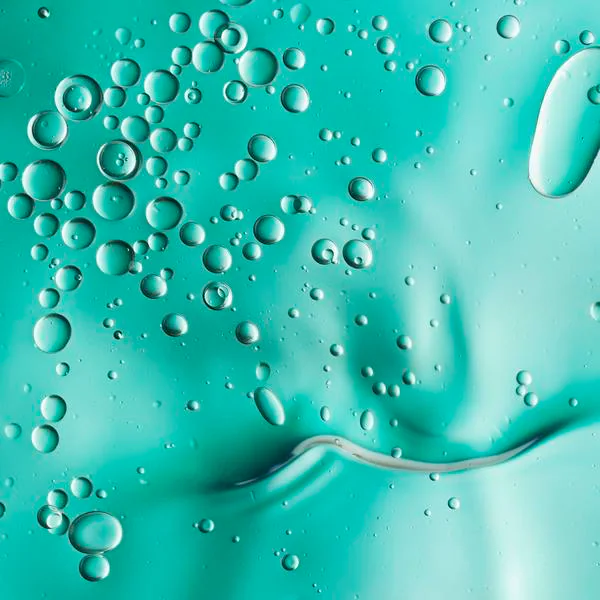Media Block Hero
A MediaBlockHero displays an image or video on one side, with optional text, buttons and links on the other.
Example
- Preview
- Code

NEW!
lorem ipsum dolor
Voluptate velit esse eu fugiat nulla pariatur. Only $10.
tip
If using this component in a NextJS app, replace the <img/> element used in this code example with the NextJS Image component.
import {
MediaBlockHero,
MediaBlockHeroContent,
MediaBlockHeroPrimaryMedia,
MediaBlockHeroBackground,
MediaBlockHeroTextBlock,
MediaBlockHeroHeader,
MediaBlockHeroEyebrow,
MediaBlockHeroSubcopy,
MediaBlockHeroCTAs,
MediaBlockHeroLinks,
} from '@hv/ui/hero';
import { Button } from '@hv/ui/button';
import { ImageLink } from '@hv/ui/image-link';
export default function MediaBlockHeroExample({
ctas,
links,
imageLinks,
textBlockPosition,
mediaPrimary,
mediaSecondary,
eyebrowText,
header,
subcopy,
...variants
}) {
return (
<MediaBlockHero {...variants}>
<MediaBlockHeroPrimaryMedia>
<img
src={`/img/${mediaPrimary.src}`}
alt={mediaPrimary.alt}
className='absolute inset-0 h-full w-full object-cover'
/>
</MediaBlockHeroPrimaryMedia>
<MediaBlockHeroContent>
<MediaBlockHeroBackground asChild>
<div
className={`absolute inset-0 z-0 h-full w-full`}
style={{ backgroundColor: mediaSecondary.color }}
/>
</MediaBlockHeroBackground>
<MediaBlockHeroTextBlock position={textBlockPosition}>
<MediaBlockHeroEyebrow {...eyebrowText} />
<MediaBlockHeroHeader {...header} />
<MediaBlockHeroSubcopy {...subcopy} />
</MediaBlockHeroTextBlock>
<MediaBlockHeroCTAs
{...ctas}
direction={variants?.ctaDirection ?? 'rowCenter'}
>
{ctas?.map((cta, idx) => (
<Button key={idx} variant={cta.variant}>
{cta.label}
</Button>
))}
</MediaBlockHeroCTAs>
<MediaBlockHeroLinks direction={variants?.linkDirection ?? 'rowCenter'}>
{links?.map((link, idx) => (
<Button key={idx} variant={link.variant}>
{link.label}
</Button>
))}
</MediaBlockHeroLinks>
{imageLinks?.length > 0 && (
<MediaBlockHeroLinks
direction={variants?.imageLinkDirection ?? 'rowCenter'}
>
{imageLinks?.map((link, idx) => (
<ImageLink
key={idx}
imageUrl={link.imageUrl ?? ''}
href={link.href ?? ''}
label={link.label}
size={link.size ?? 'button'}
{...link}
/>
))}
</MediaBlockHeroLinks>
)}
</MediaBlockHeroContent>
</MediaBlockHero>
);
}
Variants
Use theicon above to preview
| Variant | Description | Values |
|---|---|---|
MediaBlockHero.desktopOrientation |
| |
MediaBlockHero.mobileOrientation |
| |
MediaBlockHero.paddingTop |
| |
MediaBlockHero.paddingBottom |
| |
MediaBlockHero.height |
| |
MediaBlockHeroTextBlock.position |
| |
MediaBlockHeroCTAs.direction |
| |
MediaBlockHeroLinks.direction |
| |
MediaBlockHeroLinks.imageLinkDirection |
|
Customization
The approach for customization will vary depending on if the customization is intended to be global for all consumers of the UI component or if it is only an override for a particular instance.
- If the customization is necessary for all users, update the source code in the UI component library directly.
- Otherwise, you can pass
classNameoverrides.
Say you wanted to make the eyebrow text italic for one particular use case:
<MediaHero>
...
<MediaHeroContent>
<MediaHeroTextBlock>
<MediaHeroEyebrow className='italic'>Eyebrow Text</MediaHeroEyebrow>
<MediaHeroHeader>HeaderText</MediaHeroHeader>
<MediaHeroSubcopy>Subcopy</MediaHeroSubcopy>
</MediaHeroTextBlock>
</MediaHeroContent>
</MediaHero>